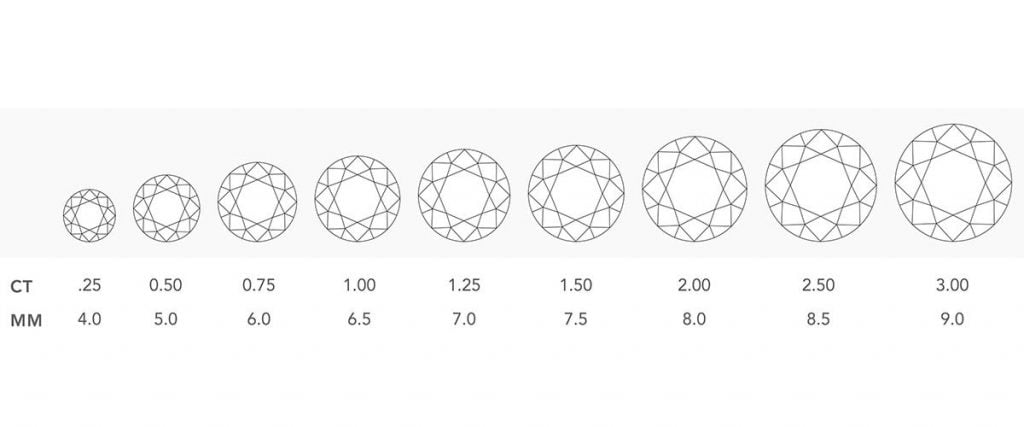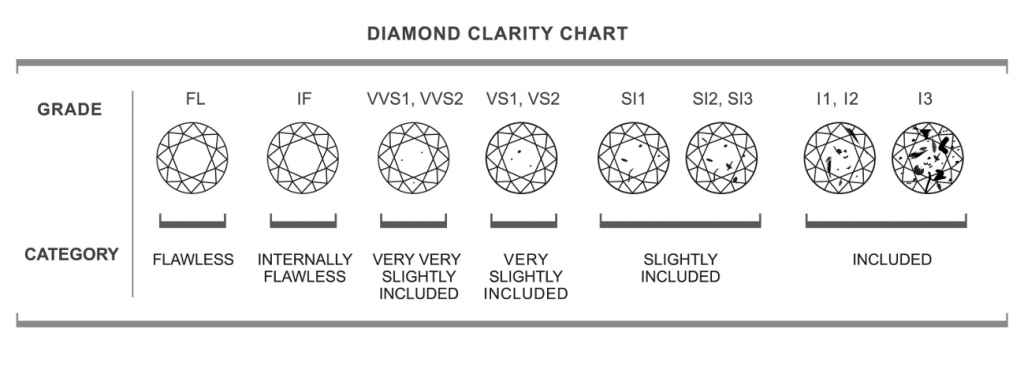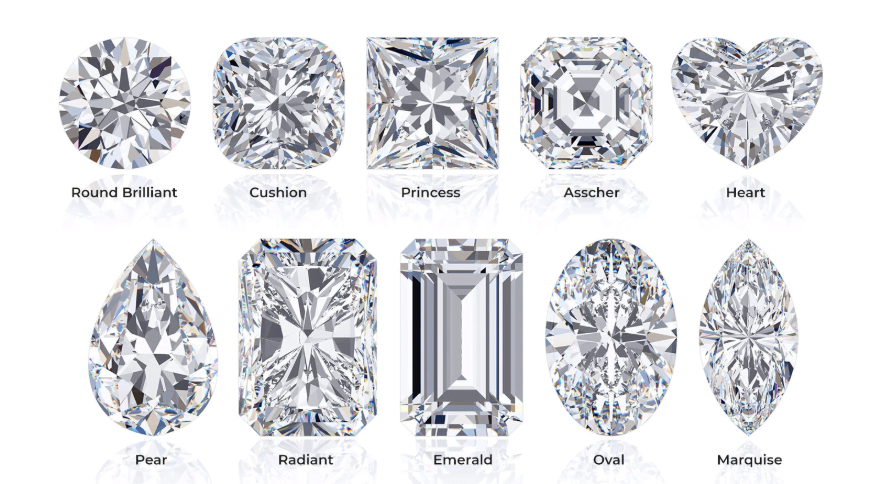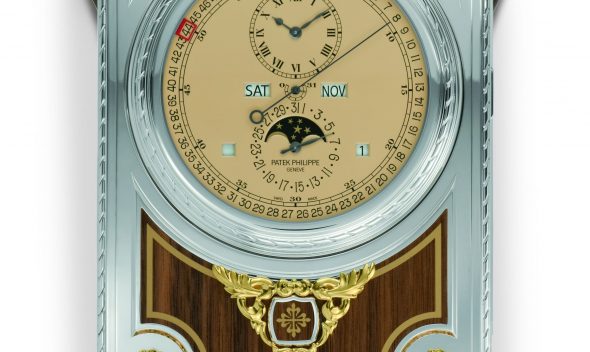What is a diamond?
Diamonds are mineral crystals made entirely of carbon with rare impurities of other chemical elements, which can affect the color of the diamond. In nature, carbon crystallizes either in the hexagonal system and forms graphite, or in cubic and diamond. The second case is very rare because it requires a combination of high temperatures and very high pressures, conditions that are encountered at extremely great depths (120 - 200 km).
Diamond is the most well-known and recognizable gemstone and stands out due to its transparent color and hardness, which far exceeds other gemstones, making the diamond the hardest mineral. Thus, diamond is in great demand in the manufacture of jewelry, but only 3-5% of the total production ends up there. The rest are used in industrial applications, for the manufacture of tools for grinding and cutting other hard minerals and metals.
The value of a cut diamond is determined by the 4 C: Carat (weight in carats), Clarity (purity), Color (cut), Cut (cut).
The weight of a diamond is measured in carats (ct). 1 carat is equivalent to 0.2 grams. The larger the diamond, the greater its weight and consequently its value.

Diamonds are the only stones that a slight change in purity has a dramatic change in price. The purity depends on the degree to which the inclusions (impurities) affect the stone we are examining. In other words, we must examine the appearance of the stone with 10x magnification, the transparency of the stone and its mechanical strength.

Diamond is a non-colored stone, nor in its pure form is it colorless, a case extremely rare in nature. Usually diamonds show a light yellow or brown or gray color, but we also find pink, orange, red, purple, violet, gray, black, green and blue.
The diamond is graded only in the cases of yellow, brown and gray.
We estimate the amount of color available. The less color there is, the more expensive our stone is. For all other colors and the minimum amount is desirable and the diamond is characterized as fancy color.

The first diamonds were cut in 1300 in Venice, followed by Antwerp in 1450 and Amsterdam in 1500. From 1600 to 1900 we had the evolution of rose cuts.
Then the Mazarin cut, English cuts, triple cut and old European cut evolved.
Towards the end of the 1900s, Mors laid the foundations for the modern round brilliant.
In 1919 Tolkowsky presented the first scientifically complete work on brilliant cutting, giving the angles and proportions that are generally used today.
In addition to the round brilliant, marquise brilliant, pear brilliant, and heart brilliant, we can also have an emerald cut.



